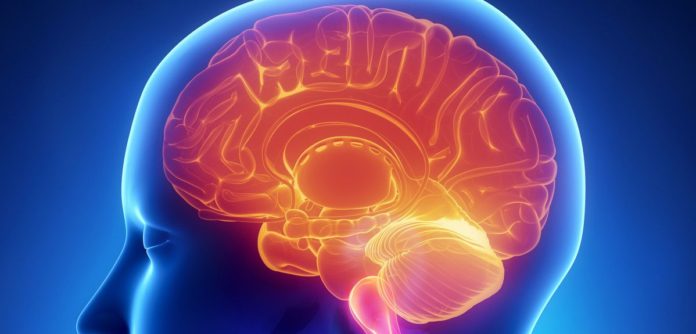Blast injury has become the major life and function-threatening injuries in recent warfares. There is increased research interest in the mental disorders caused by blast-induced traumatic brain injury (bTBI), which has been proved as one of the ‘signature wounds’ on the modern battlefield.
These conditions can obviously show themselves as neurodegenerative and neuropsychiatric disorders, the specific mechanisms that connect the blast wave physics to the subsequent biological modifications in the brain have remained subtle.
Now, scientists at the University of Oxford tries to comprehend the physical mechanisms representing brain tissue damage, in the end, prompting cognitive disorders, to grow better head protection against such blasts.
In collaboration with Prof. Shi from Purdue University in the US, scientists constructed computer models of rat and human brains to observe how a shockwave damages soft tissue, and how much damage correlates with post-injury oxidative stress distribution in brain tissues.
With a specific end goal to calibrate and validate these models, a novel in vivo experiments coupling blast expositions to cognitive tests was conducted in Purdue.
This approach was then applied to a human head model where the prediction of cognitive impairments was shown to match up with the injuries that individuals have been observed to incur.
This novel approach has already created new opportunities. In particular, the mechanical insights from this work have been directly leveraged to propose a new design for helmets, filed as a patent.
Scientists have published their study in the journal Scientific Reports.
